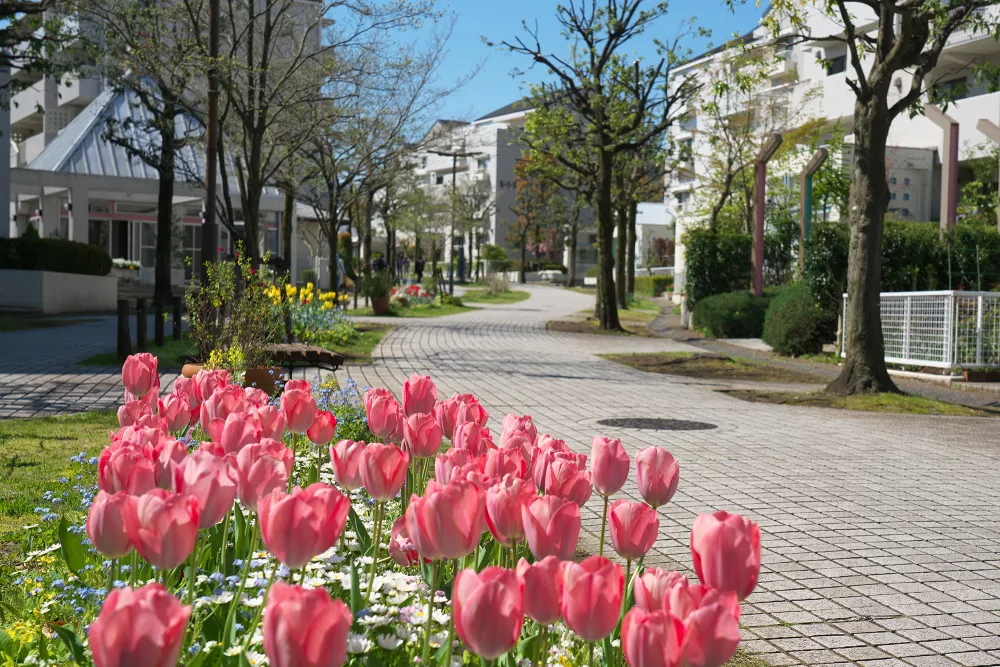The Arbor Day Foundation is pledging 10 million trees to areas impacted by hurricanes Helene, Milton Help us replant
Bulletin
Making Good Use of Small Spaces
As open space in our communities becomes crowded with buildings, roads, and parking lots, the need to wisely use even the smallest of spaces grows more critical. Now is the time for innovation and vision to ensure that there will always be room for trees, flowers, and wild creatures and places to play, relax, or meditate.

It is also the time for innovation to help us make good use of all areas to conserve water, save energy, and live sustainably.
When Mark Twain advised, “Buy land — they’re not making it anymore,” he had no idea how those words would be magnified in the 21st century. As the 1900s drew to a close, cities were spreading over the rural landscape at a rate of 2.2 million acres per year. The spread, of course, was and is fueled by more and more people. The world’s population doubled in less than 50 years, and in the United States, it went from 76 million people in 1900 to 281 million in 2000. In addition, the demand for natural resources per capita is rising, and as Mark Twain warned, space for all of this has remained the same.
Urban foresters and concerned citizens in many parts of the country are rising to the challenge of ensuring that trees and other natural components of our environment will not be crowded out of existence. Some have been planning this for a long time. For example, thanks to urban planning that began more than 100 years ago, Cook County, Illinois, has a system of protected land exceeding 68,000 acres, including 3,688 acres within the city limits of Chicago. These precious areas include a 90-acre prairie preserve so rich in natural diversity that if you tossed a hula hoop on the ground, it would encompass more than a dozen native plants. The areas decrease in size to the footprints of former buildings, which are now little parks, to narrow highway medians where colorful, durable varieties of plants soften the harsh landscape.
Officials in many other cities are becoming aware of the need to address the challenges of growing demands on a static land base. How this is done is limited only by imagination, leadership, and the will of the people. However, getting it done is essential to preserving the beauty and health of our communities.
In This Bulletin
Here’s what’s inside:
- Parks and Other Open Spaces – examples of cities making room for public green spaces
- The World of Green Roofs – maximizing building roofs for nature
- Little Spaces Can Conserve Lots of Water – addressing water issues with green space

